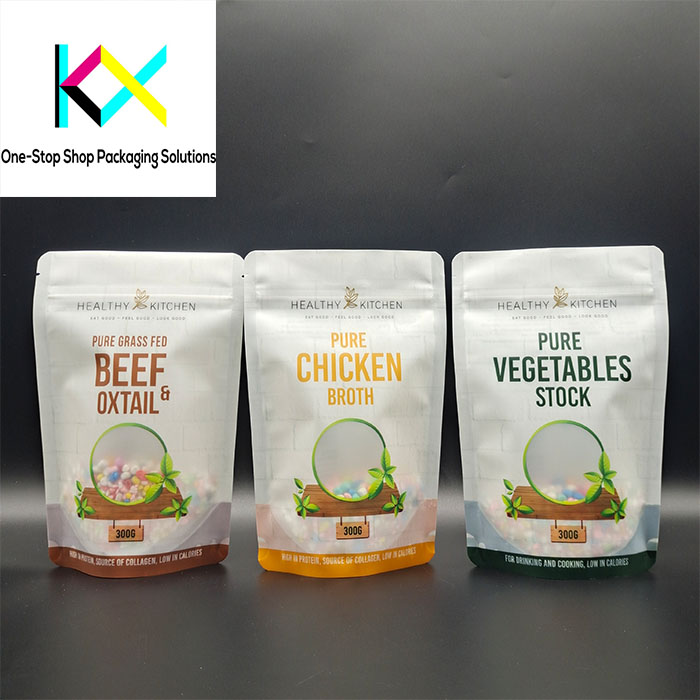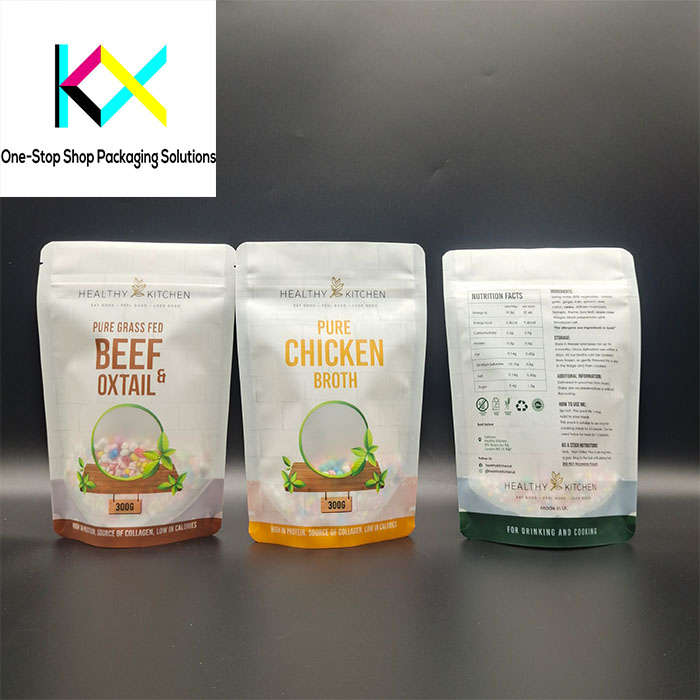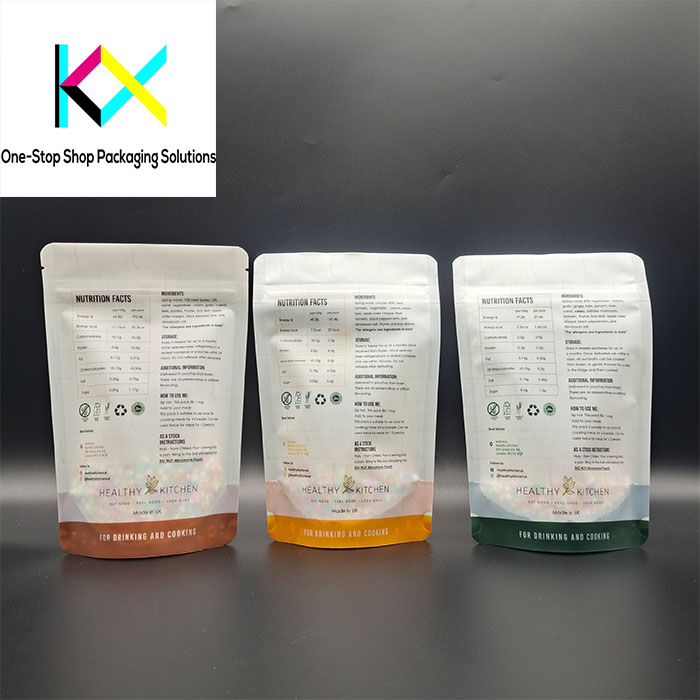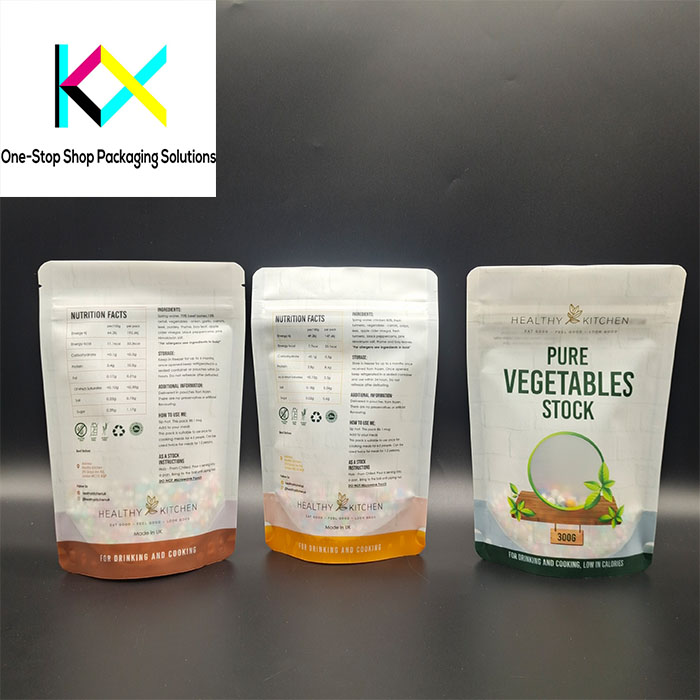The Science of Preservation: How Shelf-Life Packaging Extends Product Freshness
In the complex ecosystem of modern food distribution, Shelf-Life Packaging has emerged as a critical technology for maintaining product quality and reducing waste throughout the supply chain. This advanced packaging approach utilizes sophisticated materials and engineering to create optimized environments that protect contents from degradation caused by oxygen, moisture, light, and microbial contamination. The development of effective Shelf-Life Packaging represents a significant advancement in material science, combining barrier technologies, active components, and intelligent design to significantly extend the period during which products remain fresh, safe, and appealing to consumers. As global supply chains lengthen and consumer expectations rise, the role of Shelf-Life Packaging becomes increasingly vital for both food security and economic efficiency.
The Seal of Protection: Advancements in Sealing Bags Technology
While overall package design establishes the protective environment, the integrity of Sealing Bags often determines the ultimate success of preservation systems. Modern Sealing Bags incorporate sophisticated closure mechanisms that provide reliable barriers against external elements while maintaining ease of use for consumers. Innovations in seal technologies include ultrasonic welding that creates molecular-level bonds, zip closures with enhanced locking mechanisms, and tear-notches that ensure clean opening without compromising resealability. The effectiveness of these Sealing Bags is measured by their ability to maintain consistent protection through transportation, storage, and repeated consumer use, making them a crucial component in the preservation ecosystem.

Material Innovations: Beyond Basic Barriers
The foundation of extended Shelf-Life Packaging lies in advanced materials that provide superior protection while addressing sustainability concerns. Recent developments include nano-composite films that offer exceptional barrier properties with reduced material thickness, biodegradable polymers that maintain performance during their functional life, and smart materials that respond to environmental conditions. For Sealing Bags, material innovations focus on creating seals that maintain integrity across temperature variations and physical stress while ensuring compatibility with recycling systems. These advancements enable packaging that not only protects products effectively but also aligns with circular economy principles through reduced material usage and improved end-of-life processing.

Active and Intelligent Integration
The next generation of Shelf-Life Packaging incorporates active components that do more than simply provide passive barriers. Oxygen scavengers integrated into package materials remove residual oxygen that causes spoilage, while moisture regulators maintain optimal humidity levels for different product types. Ethylene absorbers slow ripening in produce, and antimicrobial agents inhibit microbial growth. Intelligent features complement these active systems through indicators that monitor temperature history, detect spoilage compounds, or change color to signal optimal consumption periods. These technologies transform static packages into dynamic systems that actively maintain product quality and provide valuable information to consumers and retailers.

Sustainability Through Prevention
The most significant environmental benefit of advanced Shelf-Life Packaging comes from its ability to prevent food waste, which has a carbon footprint far exceeding that of packaging materials. By extending freshness windows, these packaging solutions allow for more efficient distribution, reduce urgency in sales cycles, and provide consumers with longer usage periods. Modern Sealing Bags contribute to this sustainability mission through designs that facilitate complete product removal, accurate portion control, and effective resealing that maintains protection after initial opening. The industry is also progressing toward mono-material constructions that maintain excellent barrier properties while enhancing recyclability, creating a balance between product protection and environmental responsibility.
E-commerce and Supply Chain Demands
The growth of online grocery shopping has created new challenges for preservation packaging. Shelf-Life Packaging must now protect products through extended logistics chains that may involve temperature variations and multiple handling points. Solutions include enhanced durability features, additional barrier layers, and packaging that maintains integrity despite physical stress. Sealing Bags for e-commerce applications require particularly robust closure systems that can withstand transportation pressures while remaining consumer-friendly. The ability to maintain product quality through these extended and variable supply chains has become a critical competitive advantage for food brands and retailers.
Consumer Convenience and Accessibility
Modern preservation packaging must balance technical performance with user experience. Shelf-Life Packaging increasingly incorporates features that enhance convenience, such as easy-open mechanisms, clear visibility to content quality, and intuitive preparation instructions. Sealing Bags have evolved to include features like grip strips for easier opening, visual indicators that show proper sealing, and closure systems that work effectively even with wet or greasy hands. These consumer-centric designs ensure that the technical benefits of preservation packaging are accessible to all users, regardless of age or physical ability, while maintaining the protective integrity of the packaging system.
Future Directions: Smart and Connected Solutions
The future of Shelf-Life Packaging lies in increasingly intelligent and connected systems. We can expect to see more integrated sensors that provide real-time quality information to smartphones, packaging that actively adjusts its barrier properties in response to environmental conditions, and materials that extend preservation through natural mechanisms. Sealing Bags will likely incorporate smart features that indicate seal integrity, track opening events, and provide authentication security. The convergence of digital technology with packaging science will create systems that not only preserve products but also provide valuable data throughout the supply chain, enabling new levels of efficiency, transparency, and consumer engagement.
Conclusion: The Essential Role of Preservation Packaging
The evolution of Shelf-Life Packaging and Sealing Bags represents a crucial advancement in how we protect and deliver food products to global populations. These technologies address fundamental challenges of waste reduction, quality maintenance, and distribution efficiency while adapting to changing consumer expectations and environmental requirements. As innovation continues to enhance both the technical performance and sustainability of these packaging solutions, their role in creating efficient, responsible food systems will only grow in importance. Through continued development and implementation of advanced preservation technologies, the packaging industry can significantly contribute to reducing food waste, improving resource efficiency, and ensuring that products reach consumers in optimal condition.

You can visit our website to know more about our flexible packaging pouch:
